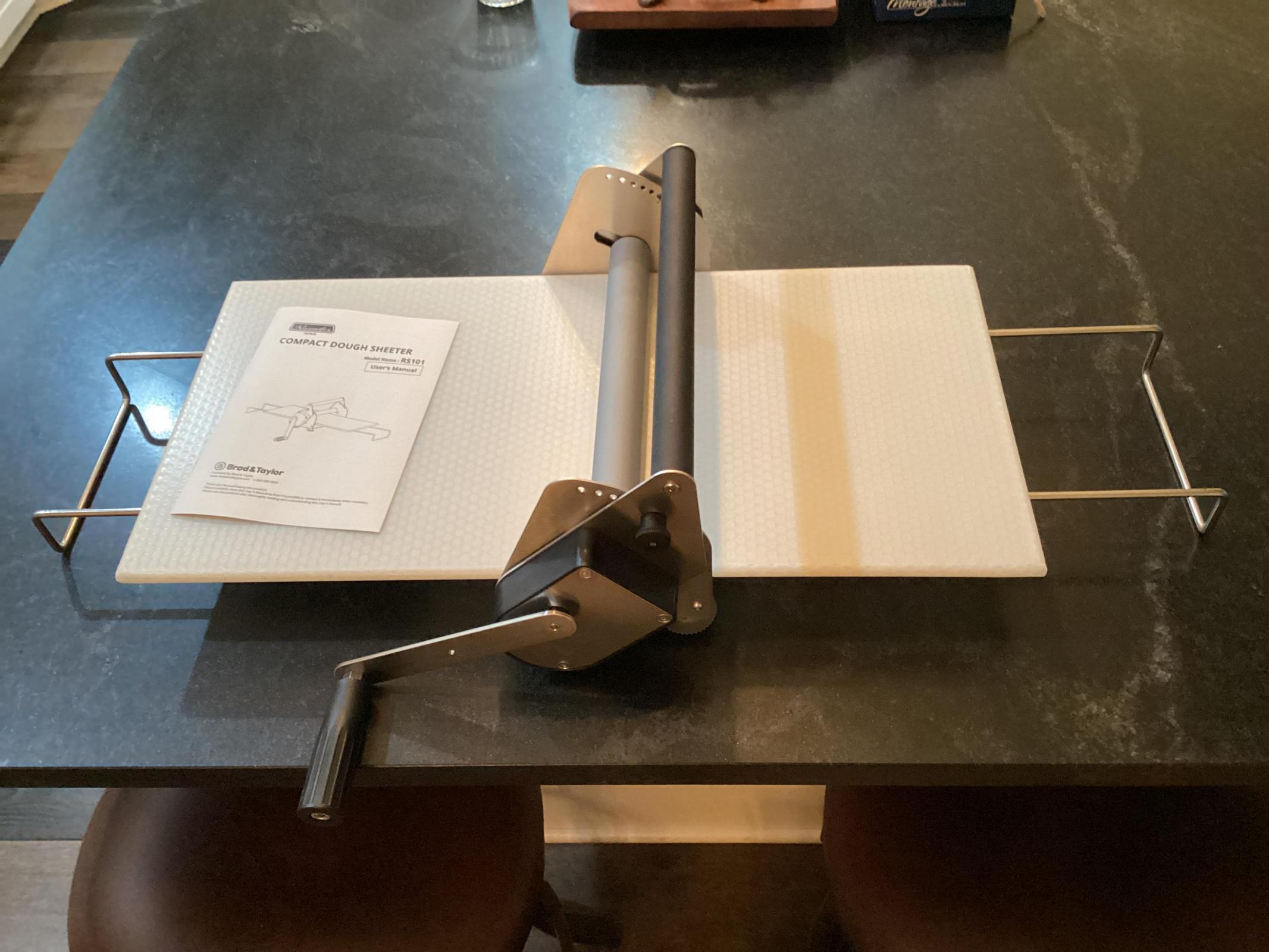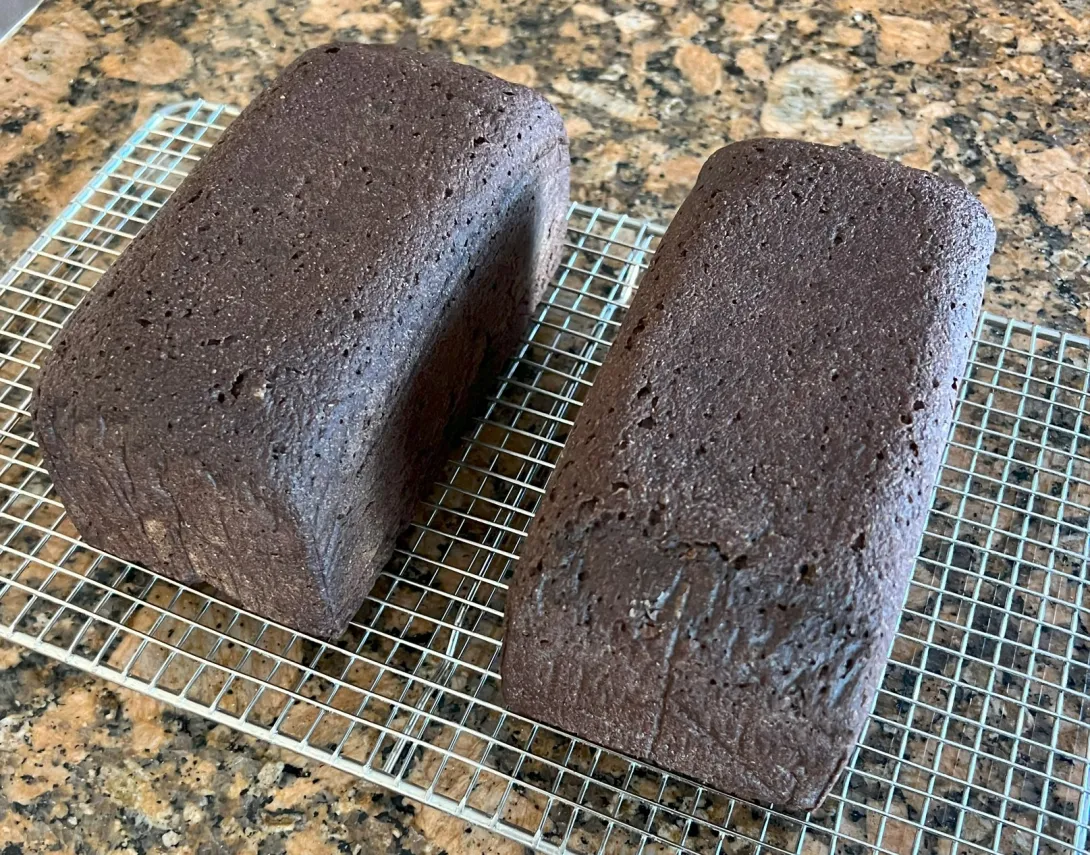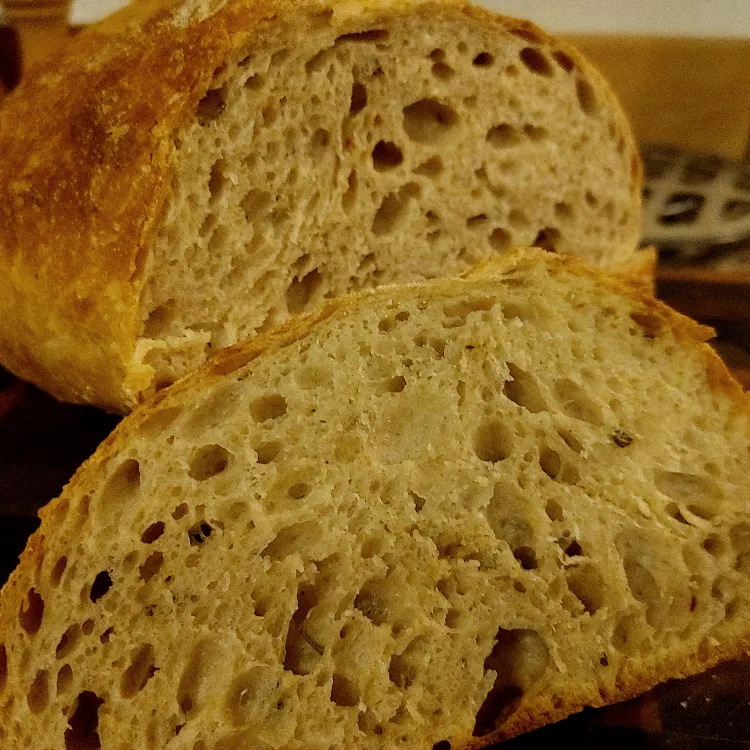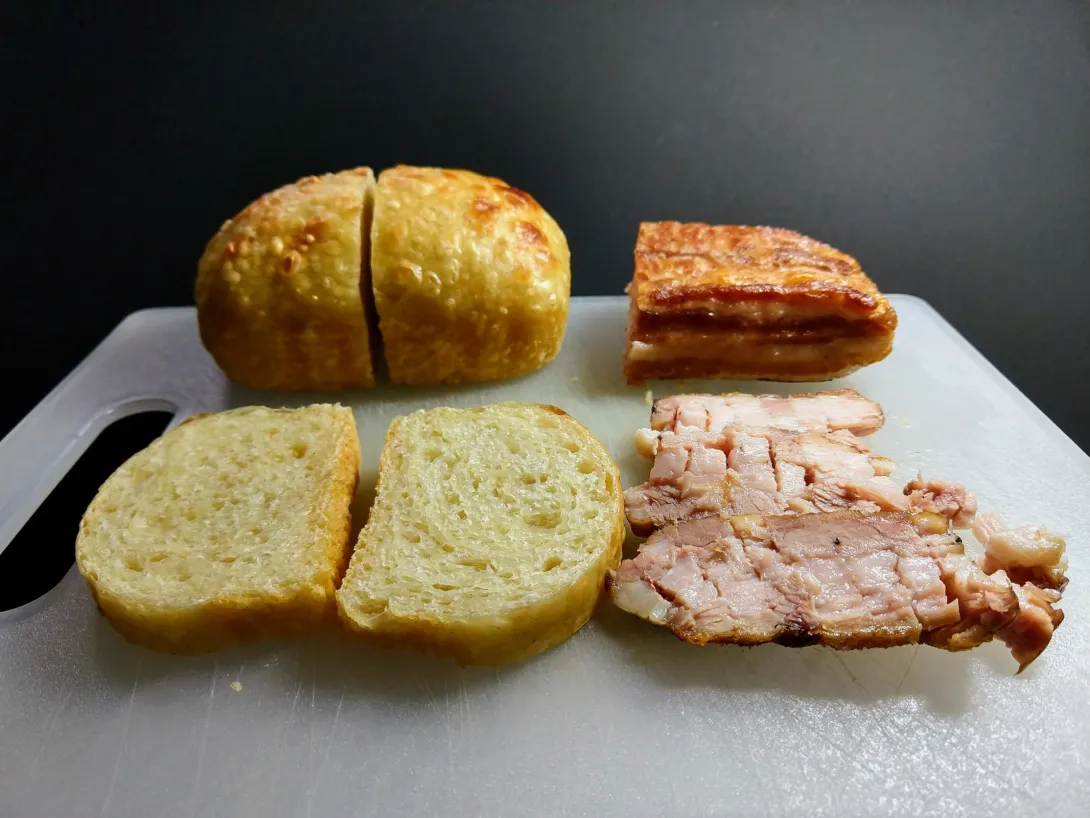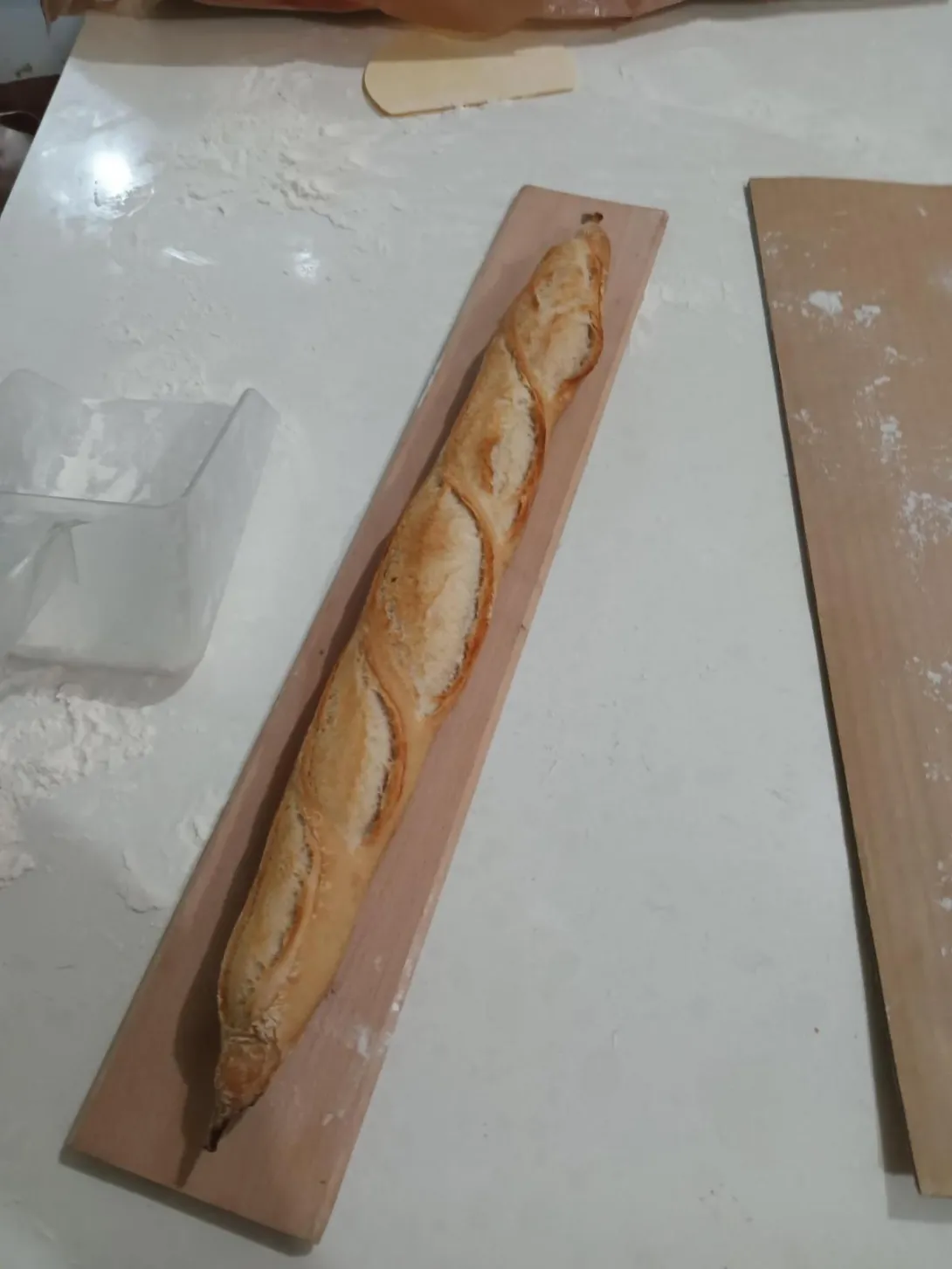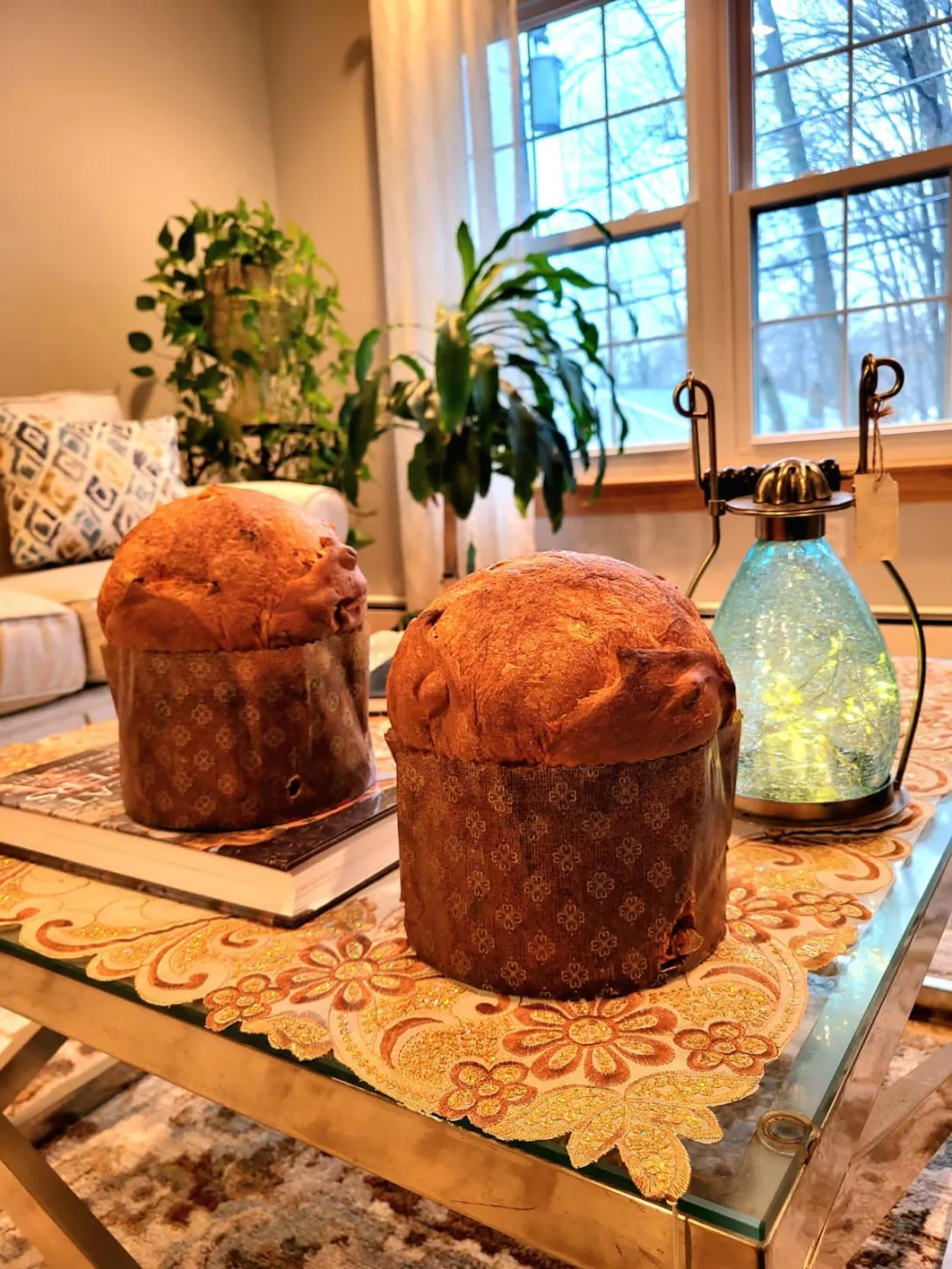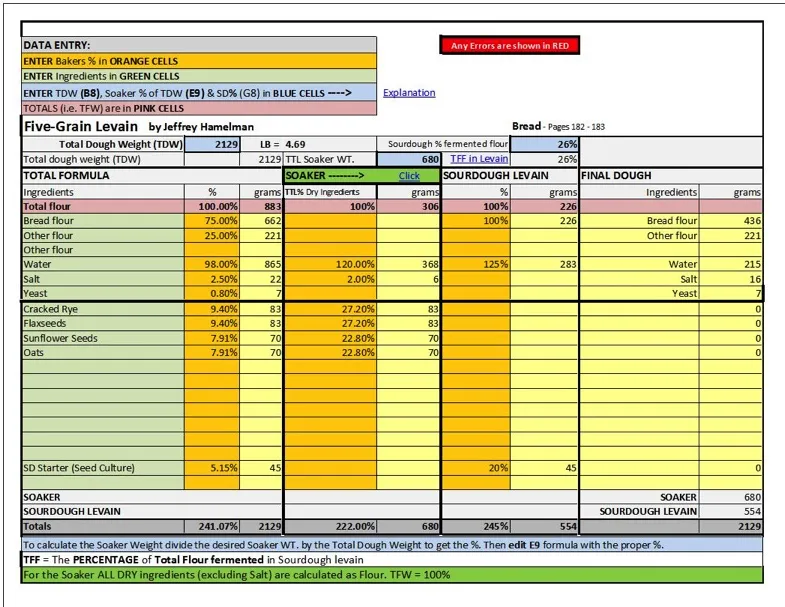Rye with altus, mashed potatoes and roasted sunflower seeds
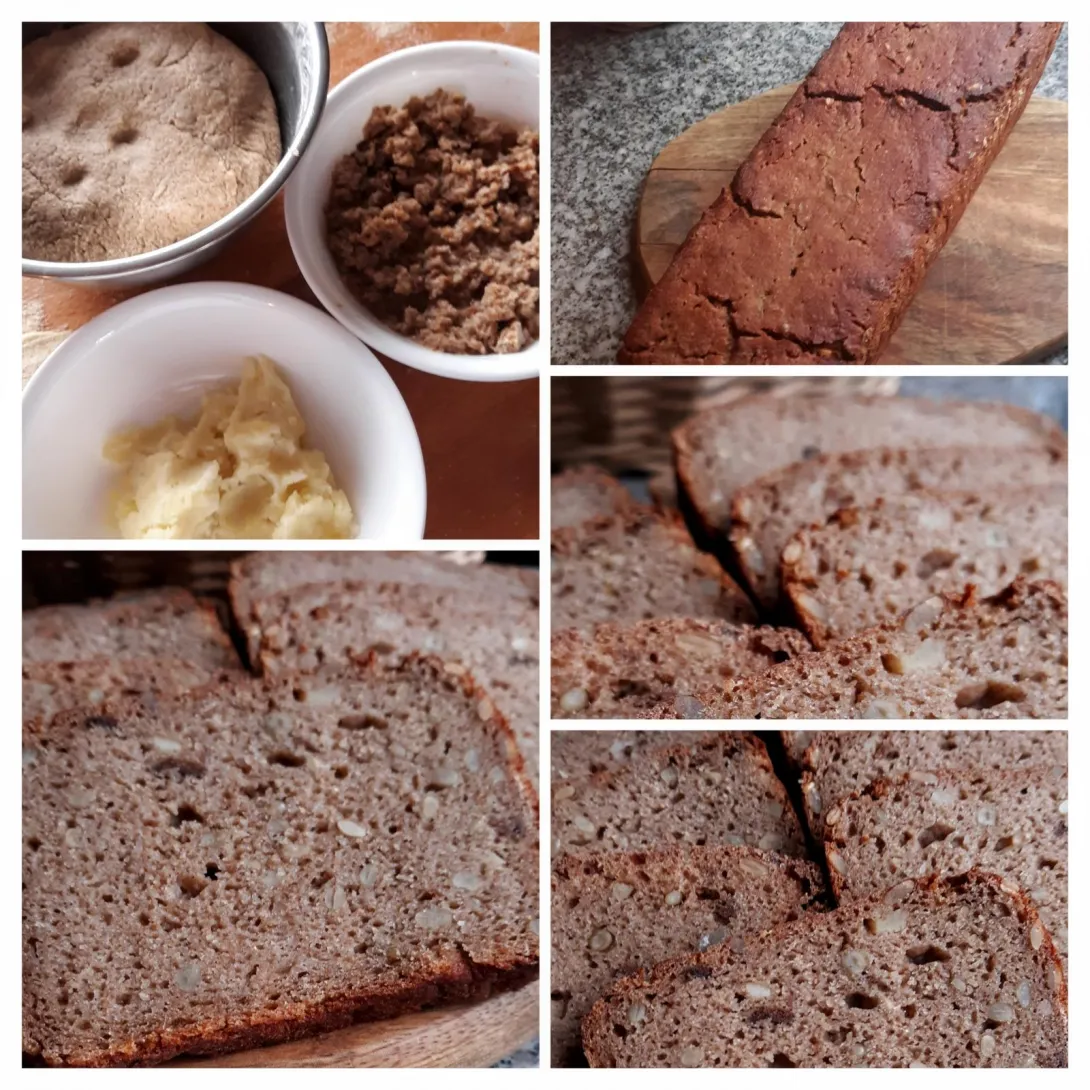
Improvised sandwich loaf. Wholegrain rye flour, potatoes from last night, soaked stale bread from last week and nice lively rye preferment. Plus lots of roasted sunflower seeds. Delicious
- Log in or register to post comments
- 9 comments
- View post
- Martadella's Blog
